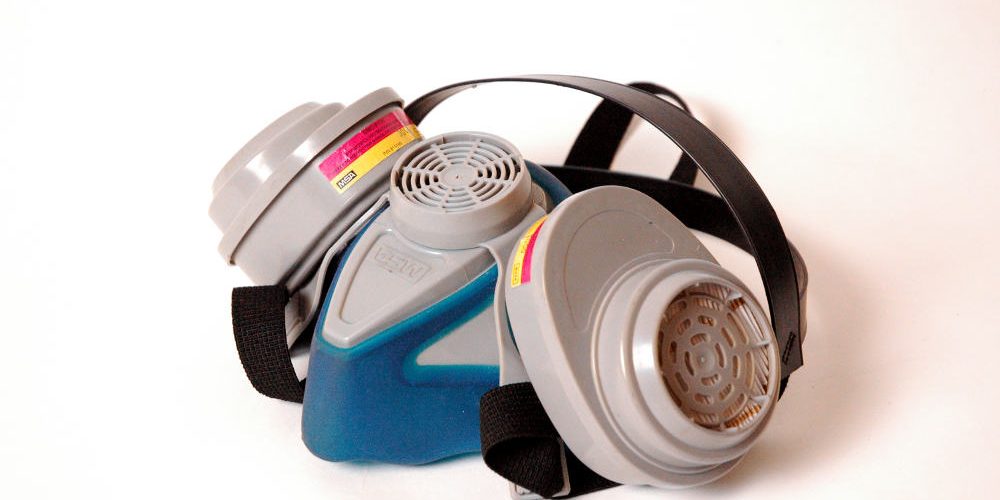 When conducting home repairs and maintenance around the house, safety is something that is often neglected by many DIY practitioners. The old adage of “most accidents occur in the home” is not one without basis, and before you even consider plugging in those power tools or climbing that ladder it’s a good idea that you focus on the possible dangers of your home repairs endeavours. What we’ve done is put together 5 of what we consider to be the most important tips for making sure that you don’t need personal repairs to your body after you have trimmed back those trees, cleaned those gutters or worked on that home appliance repair.
When conducting home repairs and maintenance around the house, safety is something that is often neglected by many DIY practitioners. The old adage of “most accidents occur in the home” is not one without basis, and before you even consider plugging in those power tools or climbing that ladder it’s a good idea that you focus on the possible dangers of your home repairs endeavours. What we’ve done is put together 5 of what we consider to be the most important tips for making sure that you don’t need personal repairs to your body after you have trimmed back those trees, cleaned those gutters or worked on that home appliance repair.
1) Make sure that you have a medical aid kit close to where you are working. Having medicine and bandages close to where you are can mean the difference between a minor and a fatal injury by the rate you are able to respond. Make sure it has all the essentials before the home repairs season, with bandages and slings ready to go. Fire extinguishers should be checked and in close proximity for immediate use.
2) Make sure that there is an up to date list of emergency contacts next to the phone. If anything serious occurs, someone else may need to call for assistance from medical or other professionals. Make sure it’s clear and accurate so that others can assist you in an emergency, while working in your home.
3) Make sure you have the correct clothing and safety equipment needed for the job. Getting effective safety clothing for DIY and labour work, such as from Dickies workwear, will offer better protection. This includes goggles, safety boots and trousers and even earplugs if working in high noise conditions.
4) The combination of working at height and improper ladder use causes the highest numbers of injuries when people are conducting home maintenance. Make sure your ladder is properly positioned, secure and in perfect working order before climbing it. If you are unsure about working at height, get someone to watch you and hold it secure, or perhaps even consider consulting outside help for your home repairs.
5) Make sure you are familiar with all your tools and how they work. All major brands, such as Bosch, have safety labels on their equipment and manuals that you need to read before use. Some warnings are basic, but make sure you understand all the features and pitfalls of your tools before you start your work. Tools can be your best friend, or worst enemy in differing circumstances and you need to understand that.
To ensure your safety when undertaking work in your home, you need to prepare for and understand your task before starting. If you follow all these 5 tips that we have put together, you will be well on your way to making sure that your home repairs efforts are effective and best of all, safe.
Dave Tucker is a freelance journalist with varying interests in home improvement and construction industries. He hopes that through his researched information and experience others can become more efficient and safe in their endeavours.
Latest posts by Canadian Home Trends (see all)
- Creating the Perfect Outdoor Kitchen - April 18, 2024
- Classic Luxury Kitchen Design - April 18, 2024
- Color Journey: Spring 2024 - April 18, 2024







